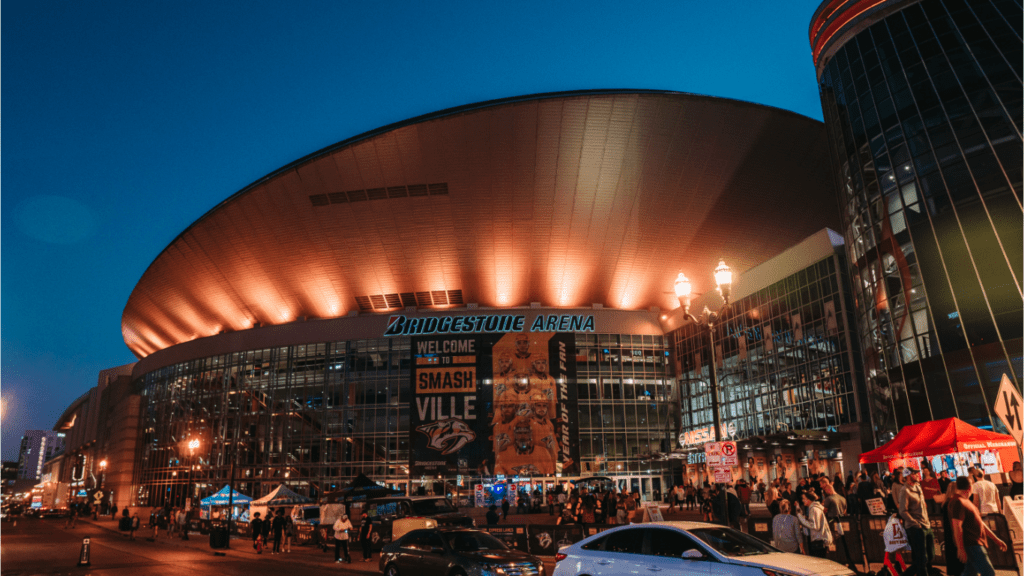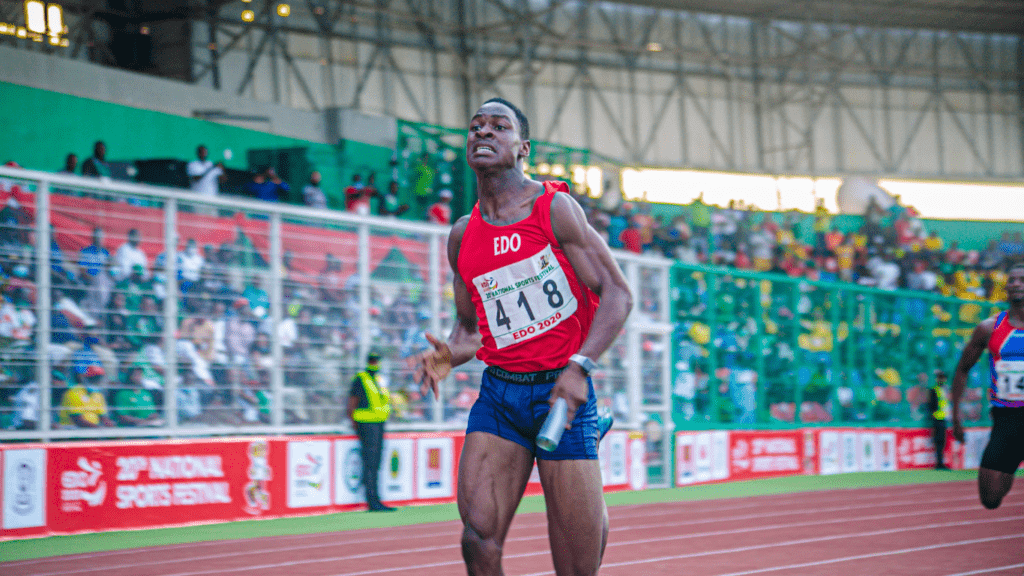Understanding Sports Tourism
Sports tourism involves traveling to different locations to attend or participate in sports events. This can include attending major events like the Olympics, World Cup, or Super Bowl, as well as smaller regional tournaments. The scope of sports tourism goes beyond just watching games. It encompasses various activities like sightseeing, engaging in local culture, and partaking in related festivities.
Types of Sports Tourism
- Event-based Tourism
Visitors travel to a specific location for an event. Examples include the FIFA World Cup and the Olympics. - Active Sports Tourism
Individuals travel to participate in sports activities. Examples include marathons and triathlons. - Nostalgia Sports Tourism
Tourists visit sports-related landmarks. Examples include halls of fame and stadium tours.
Economic Drivers
Sports tourism generates revenue through various channels:
- Accommodation and Hospitality
Travelers require lodging, food, and beverage services, significantly boosting these sectors. - Transportation
Increased use of local transportation services, both public and private. - Retail and Merchandise
Purchase of souvenirs, sports gear, and event merchandise.
Infrastructure Development
Host cities often undergo significant improvements to accommodate the influx of tourists. These developments include:
- Stadium Construction
Building or refurbishing venues to host events. - Transportation Upgrades
Enhancing airport facilities, public transit, and road infrastructure. - Public Spaces
Developing parks, recreational areas, and fan zones.
Job Creation
Hosting sports events creates various employment opportunities:
- Temporary Jobs
Event-specific roles like ushers, ticket sellers, and security personnel. - Permanent Jobs
Long-term positions in hospitality, retail, and infrastructure maintenance.
Cultural Exchange
Sports tourism fosters a rich exchange of cultures. Visitors immerse themselves in the host country’s traditions, cuisine, and lifestyle, contributing to mutual understanding and global camaraderie.
Economic Benefits of Sports Tourism

Sports tourism significantly boosts the economy of host countries. Major sporting events like the World Cup can revolutionize a local economy through increased revenue and job opportunities.
Increased Revenue Generation
Sports tourism generates substantial revenue for host cities. During major events, hotels, restaurants, and local shops experience heightened business activity. For example, a study by Oxford Economics found that the 2018 FIFA World Cup in Russia attracted over 3 million visitors, generating approximately $14 billion in economic activity. Besides direct spending, ancillary sectors such as transportation and entertainment see notable gains. As visitors spend on tickets, merchandise, and dining, the cumulative financial impact can enhance local and national GDP significantly.
Job Creation and Employment Opportunities
Hosting sporting events creates numerous job opportunities. Both temporary and permanent positions arise before, during, and after events. For instance, infrastructure developments like stadium construction and transportation upgrades demand a skilled workforce. The 2012 London Olympics, according to the Office for National Statistics, resulted in over 46,000 jobs across various sectors, lasting beyond the event period. Local hiring for event management, security, and hospitality roles can reduce unemployment rates and offer long-term employment benefits. Sporting events also encourage investment in skills and vocational training, enhancing local human resources for future economic activities.
Infrastructure Development
Investing in sports tourism necessitates considerable improvements in infrastructure. Host countries frequently allocate significant resources to enhance sports facilities and transportation networks, benefitting local economies and communities.
Upgradation of Sports Facilities
Major sporting events drive the upgradation of existing sports facilities. Countries often construct new stadiums or renovate old ones to meet international standards. For example, Brazil built numerous stadiums for the 2014 FIFA World Cup, enhancing their national sports infrastructure. Improving these venues increases their appeal for future events, broadening their utility beyond a single occasion. Local sports teams often receive long-lasting benefits from these modern facilities, improving training and performance environments.
Improvement of Transportation Networks
Sporting events also prompt extensive upgrades to transportation networks. Efficient transport is vital for managing the influx of tourists and participants. Governments invest in expanding and modernizing airports, railways, and roadways. When London hosted the 2012 Olympics, they significantly upgraded public transportation systems, including the London Underground and railway stations. These enhancements not only support event logistics but also provide lasting improvements for local commuters and tourists, boosting overall economic growth through improved connectivity.
These infrastructural developments catalyze regional growth, eventually fostering sustainable economic momentum beyond the immediate impact of sports tourism.
Impact on Local Businesses
I’ve seen firsthand how sports tourism transforms local businesses in host countries. The influx of visitors translates to significant economic benefits, especially for the hospitality and retail sectors.
Boost to Hospitality Sector
Hotels, restaurants, and other hospitality services see a surge in demand during major sporting events. For example, hotel occupancy rates skyrocket, with many establishments fully booked months in advance. In my experience, restaurants near event venues often extend their hours and offer special menus to cater to the influx of tourists.
According to data from STR Global, during significant events like the Super Bowl, hotels in host cities report occupancy rates exceeding 90% and revenue per available room increasing by over 120%. This boost not only benefits large hotel chains but also local inns and bed-and-breakfasts, providing a substantial revenue injection.
Growth of Retail Businesses
Local shops and retail businesses enjoy increased foot traffic and sales. Merchandise sales, such as event memorabilia and sports gear, often see a dramatic increase. From my observations, convenience stores near sports venues experience a notable rise in the sale of food, beverages, and other essentials.
A study by the University of South Carolina found that retail sales during the 2016 NCAA Final Four in Houston jumped by 32% compared to the same period the previous year. This growth extends to shopping centers, souvenir shops, and street vendors, who all capitalize on the influx of tourists eager to shop.
The economic activities driven by the hospitality and retail sectors during sports events create a ripple effect, benefiting the broader local economy and fostering further community development.
Challenges and Considerations
Sports tourism significantly impacts host countries, but managing these impacts presents several challenges and considerations.
Managing Environmental Impact
Host countries face environmental challenges like increased waste and carbon emissions. Major events like the Olympics generate large amounts of waste from spectators, athletes, and vendors. Sports tourism leads to increased air and land travel, contributing to higher carbon emissions. Steps taken to mitigate these effects include promoting public transportation, implementing waste management programs, and encouraging the use of recyclable materials. For example, at the 2020 Tokyo Olympics, organizers implemented a comprehensive recycling program to manage waste efficiently.
Addressing Over-tourism
Over-tourism affects infrastructure, community life, and natural resources in host cities. Popular destinations can become overcrowded, straining public services and increasing pollution. Local communities experience disruptions as their neighborhoods become overwhelmed with visitors. Infrastructure like hotels and roads may not handle the sudden influx, leading to congestion. Governments can manage over-tourism by setting visitor limits, promoting lesser-known attractions, and enhancing infrastructure capacity. For instance, Barcelona, a popular sports tourism destination, introduced measures to disperse tourists across different city areas to mitigate overcrowding.
Each subheading addresses distinct facets of the primary challenges faced by host countries, ensuring that sports tourism remains beneficial in the long run.
Case Studies of Successful Host Countries
Several countries have successfully leveraged sports tourism to drive economic growth and societal benefits. Examining these case studies reveals valuable insights.
Positive Economic Impact in Country A
In South Africa, the 2010 FIFA World Cup created significant economic opportunities. The event attracted around 3.18 million visitors, generating approximately $3.6 billion in revenue. Infrastructure investments included new stadiums and upgraded transport systems, which continued benefiting the local economy long after the event. South Africa also saw a 9% rise in tourism even years after the World Cup, showcasing the long-term benefits of hosting such events.
Lessons Learned from Country B
Brazil’s experience with the 2016 Rio Olympics offers crucial insights. While the games initially boosted tourism and created around 70,000 temporary jobs, several challenges emerged post-event. Many facilities, like the Olympic Park, became underutilized. It demonstrated the importance of ensuring that infrastructure investments align with long-term urban planning. Brazil’s mixed results underscore the need for comprehensive post-event strategies to maintain economic viability.



